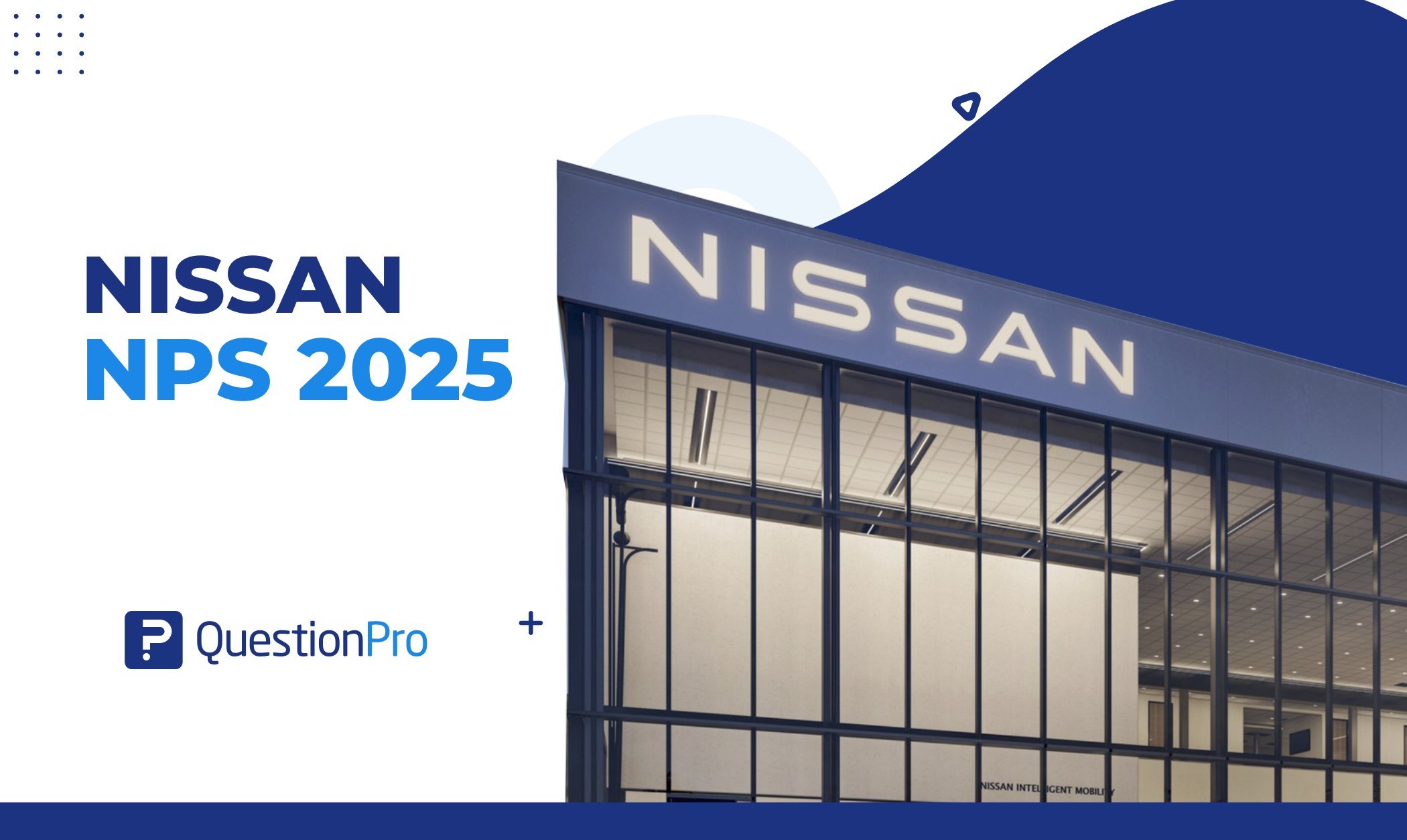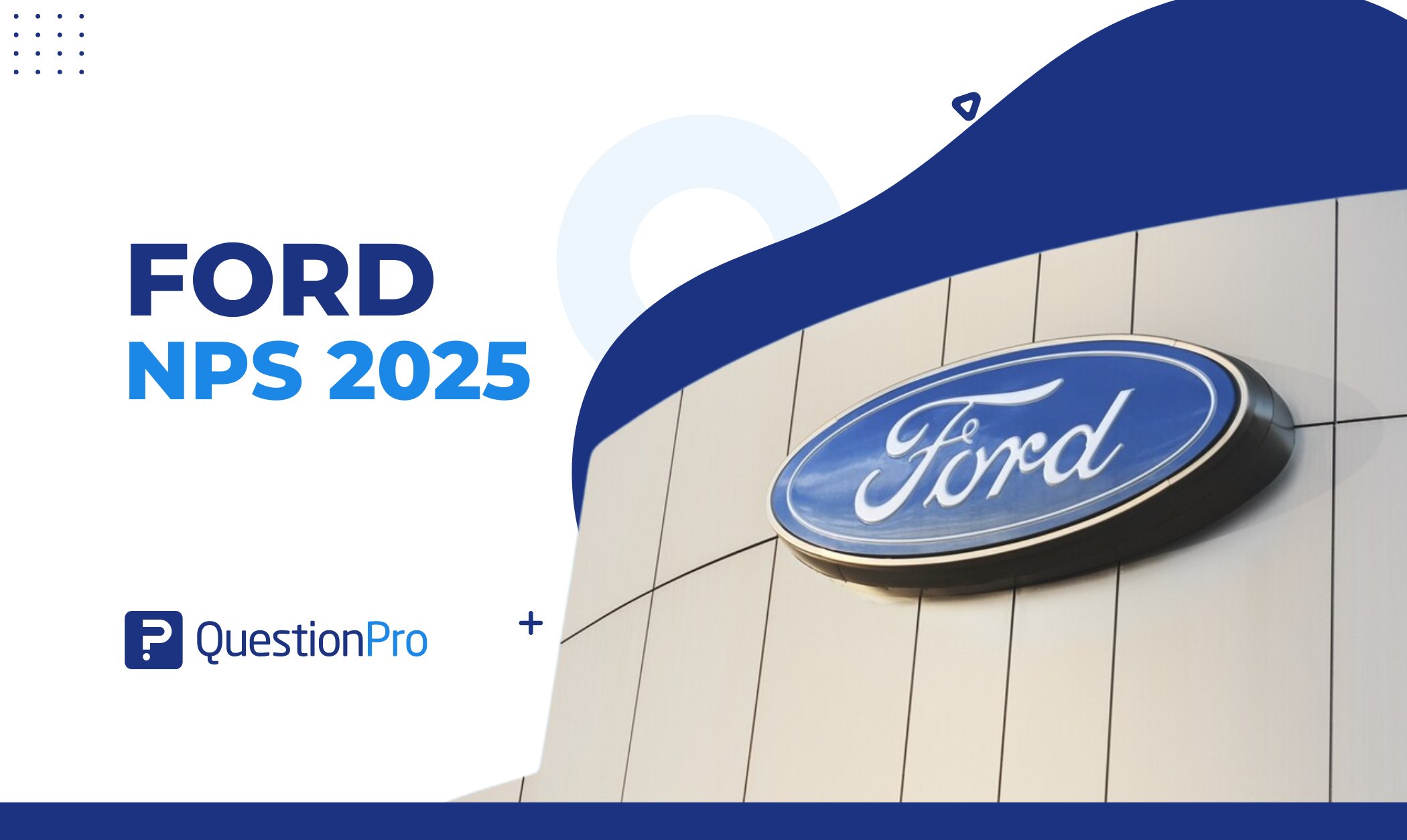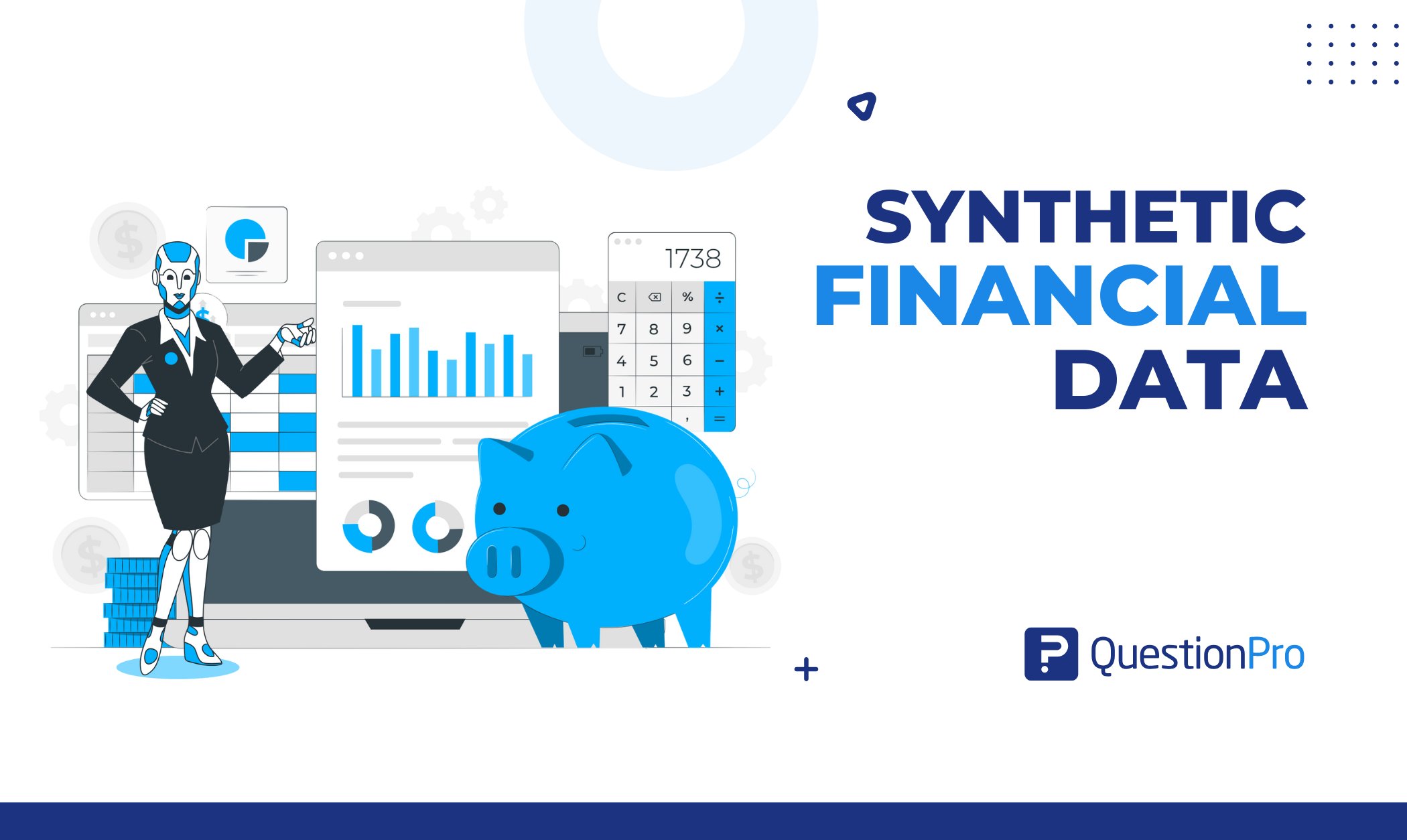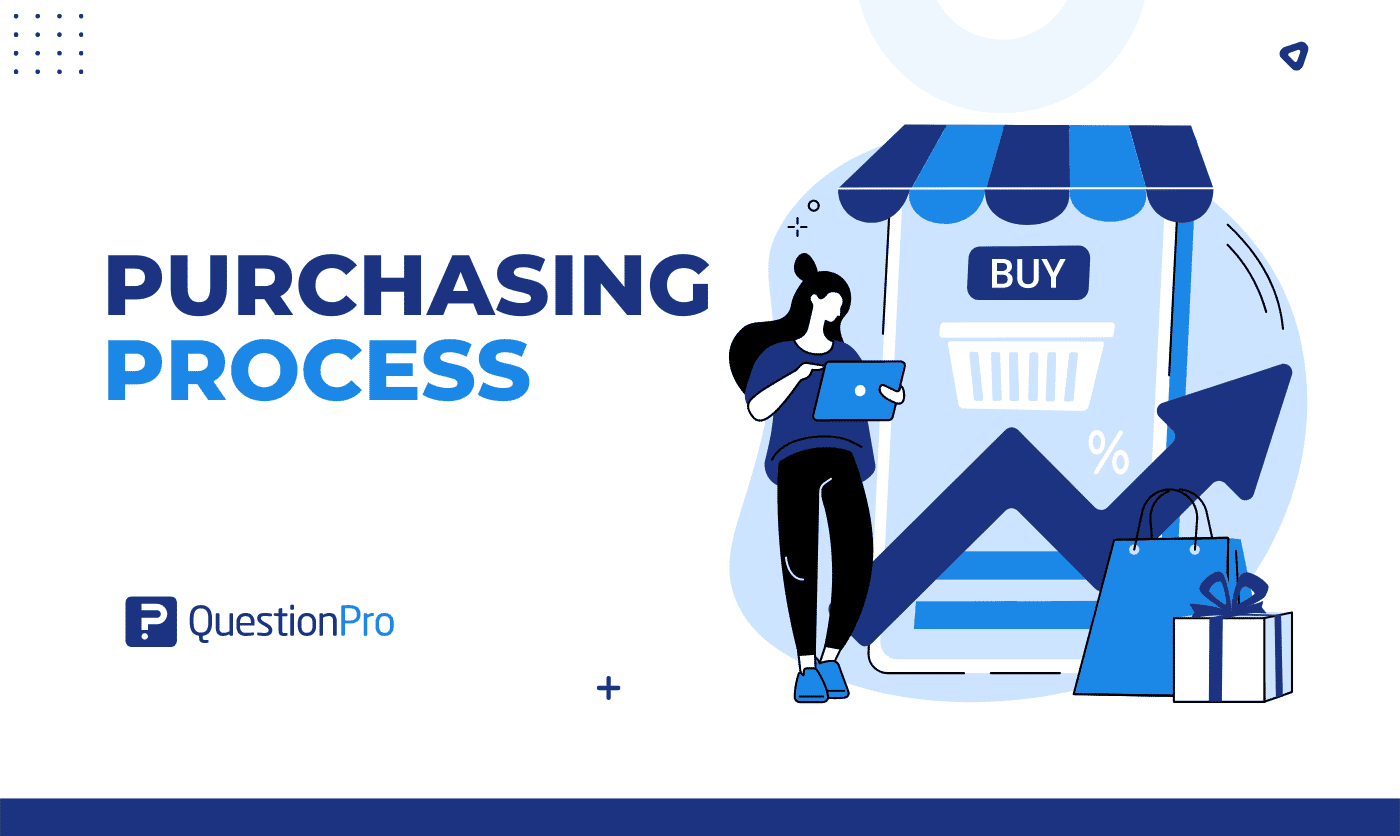
All businesses need to buy goods or services to meet their day-to-day needs. If you don’t have a formal way of buying things and services, you may be spending more than you need to. Here, the purchasing process comes.
How you set up your buying process will significantly affect your business, not just in terms of managing costs and expenses but also in terms of how well it runs. Learning and using a few steps and best practices for your buying process can help reduce waste and protect your business from unnecessary risk and cost.
And you also can create workflows that make the most of every dollar spent in terms of efficiency, profits, and value recovered.
What is the purchasing process?
A business’s steps to make a purchase are called the purchasing process. Businesses usually have to go through a formal process when they buy something. Also, when they want to buy something, they may need to research, get input from different departments, negotiate, and send out payments.
The purchasing process involves simple and essential procedures that organizations and individuals use to buy things they need.
It may differ depending on how a company works and what it needs, but the steps in this process usually include the following:
- Reviewing and approving requests for purchases
- Making and sending out a purchase order
- Negotiating prices, contracts, or how to pay for things
- Keeping track of spending
In the purchase process, many people are involved, such as procurement and finance teams, requesters, approvers, vendors/suppliers, and the purchasing and accounts payable departments.
Importance of a purchasing process
The formal purchasing process is really important for you for many reasons. Let’s break down some key points to understand its importance:
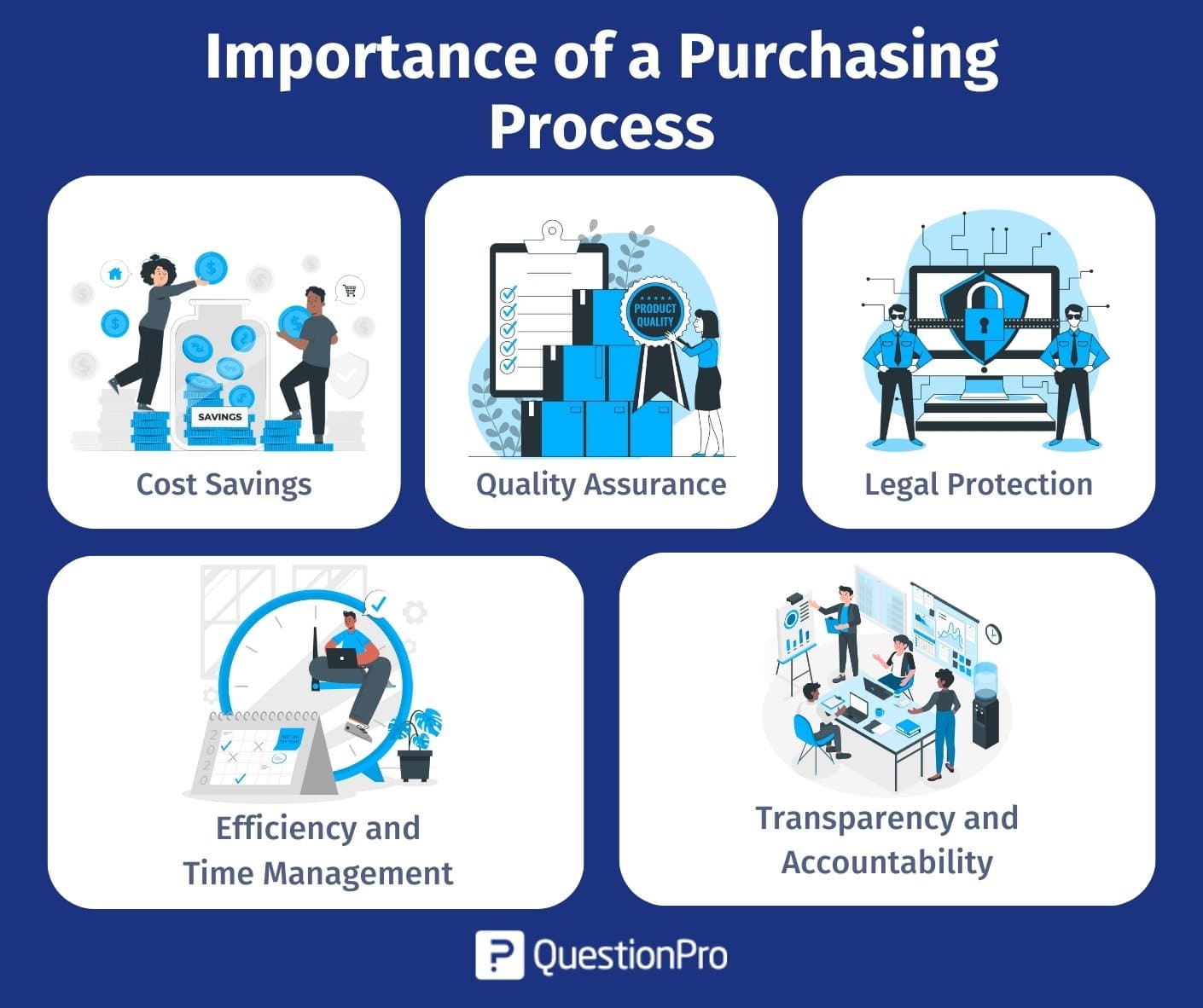
Cost savings
The purchasing process is like your money-saving superhero. It allows you to compare prices, seek out discounts, and negotiate deals. This means you can get the best bang for your buck. With a well-structured process, you can avoid impulsive buying and ensure you spend your money wisely.
Quality assurance
You want to be sure that what you buy is worth your money. A proper purchasing process lets you research and assess the quality of products or services. It empowers you to make informed decisions, preventing you from ending up with subpar items or shoddy services that might disappoint you.
Legal protection
The modern purchasing process acts as your legal shield. It spells out the terms and conditions of your purchase, which can be crucial if any issues arise. It ensures that both you and the seller are on the same page, reducing the chances of misunderstandings or disputes. If something goes wrong, a clear process can be your ticket to a fair resolution.
Efficiency and time management
Time is precious, and a structured purchasing process helps you make the most of it. It streamlines your shopping or procurement activities, making the entire process faster and more efficient. You won’t waste time running from store to store or endlessly searching for products online. Instead, you follow a well-organized plan that saves you time and effort.
Transparency and accountability
The purchasing process is like a transparent window into your spending. It keeps everything open and visible, essential for personal finances and business operations. This transparency reduces the chances of fraud or errors in your purchases.
You know where your money is going, why you’re spending it, and who is accountable for each step of the process.
What is the difference between the purchasing and procurement process?
Let’s talk about the difference between the purchasing and procurement processes:
Purchasing process
When you’re in the purchasing process, you’re focusing on buying things. It’s like going to the store and picking out the products you need. This part is all about finding the best price, negotiating deals, and making the actual purchase.
In a way, purchasing is like a one-time deal. You’re buying what you need, and once it’s done, you move on. It’s more like a transaction.
Procurement process
Now, think of procurement as a bigger picture. It’s not just about buying stuff but also about the whole process of getting what your organization needs. It includes finding the right suppliers, negotiating contracts, managing relationships, and even thinking about the long-term impact of your buying decisions by the procurement department.
Procurement is like a whole journey. It’s not just about buying things once but managing your purchases over time. It’s a bit more strategic, like planning for the future.
So, the main difference is that purchasing is like the short-term action of buying, while procurement is the bigger, long-term strategy of how your organization gets what it needs. Both are important, but they focus on different aspects of the buying process.
In a larger organization, a dedicated procurement team plays a key role in developing and executing the long-term procurement strategy, ensuring that the organization gets the best value from its purchases over time.
Key steps of the purchasing process
Usually, the purchasing process is a cycle, with each phase requiring information and permissions. Every business will add its special touches. But in general, the buying process follows a well-known pattern of steps. They are given below:
Understand business needs
Even though this isn’t exactly a step, it’s an excellent place to start if you want to manage how a business spends money, find ways to save money, cut spending that isn’t necessary, and deal with supply chain problems.
For example, if a company requires a large number of goods, such as mobiles, there may be an opportunity to negotiate discounts.
Create a purchase requisition
The purchasing process begins when someone makes a purchase request and sends it in. You can speed up this process and improve the request process by creating a standard request form. This way, purchase requests will be the same and meet the data management needs of your team.
Screen the requests
Screening purchase requests ensure that all of the company’s purchases are correct, don’t go over budget, and, most importantly, are actually needed.
Search for suppliers
Once the request has been screened and approved for sourcing, the purchasing team will look for suppliers or vendors to meet the request. For this, you need to learn more about strategic sourcing and its importance for finding the best suppliers.
Request for proposals
Once the best products have been sourced, it’s common for the purchasing team to ask for proposals to make sure the products or services are within budget, can be delivered on time, and meet your business’s policies or requirements.
Negotiate costs and contract terms
Sometimes, all the boxes may be checked except pricing or payment terms. For example, the quality might need improvement, but the supplier might be the only one who can meet the demand by a certain date. In this case, the purchasing manager will try to negotiate a more reasonable purchase total.
Approval
The purchase request is prepared for final approval if every step of the process, including cost, delivery, and payment process, complies with the specifications. If it’s turned down, the purchasing team will either inform the requester or try to find another source or vendor.
A department manager’s lack of approval, duplication of the purchase, high cost, and failure to provide enough value for the company are a few reasons why it could be rejected.
Issue a purchase order
Once all the approvals are in, the purchasing team will make a purchase order based on the details of the approved purchase request and send it to the chosen supplier or vendor to be filled out for supplier evaluation.
Best practices for the purchasing process
Use the following best practices to make the purchasing process go smoothly.
Automate the efficient purchasing process
Whenever you can, try to automate the purchasing process, with purchase automation software, a business can shorten the time it takes to buy something, make it easier for people to do their jobs, reduce mistakes, and reduce paperwork.
Purchase automation software is helpful if your business repeatedly buys a lot from the same suppliers.
Keep accurate records
Keep accurate records of the whole buying process. It includes records of possible suppliers, negotiations, sales, returns, and any other transactions. You might want to switch to a different supplier or have a problem with the one you already have.
Keeping accurate records of every purchase process step helps reduce problems and extra work in the future.
Review your needs often
A company’s needs change all the time. Sometimes, a business needs something completely new, and sometimes, it needs a different version of something it already has. Make it a regular part of your business to look at what you need now and whether the things you buy meet those needs.
By keeping an eye on your operations regularly, you can find problems and fix them faster. It lets your business grow while you make wise spending decisions.
Conclusion
The purchasing process is primarily transactional and systematic. But you should still use expert strategies to help your company even more. Using the steps and best practices we’ve shared, your Purchasing team will achieve savings and efficiency for years to come.
Now, it’s time to create your purchasing process. You will have to analyze your market, business, and customers. If you need any help with the analysis process, QuestionPro is there for you.
QuestionPro CX is a survey software that helps you analyze your business and manage your customer feedback. Contact us right away to talk about how to do it.
Frequently Asked Questions (FAQ)
The purchasing process is an organization’s steps to buy products and services efficiently.
Purchasing is the short-term buying action, while procurement is the long-term strategy for acquiring what an organization needs.
Ongoing supplier relationship management and post-purchase evaluations are conducted to ensure long-term value and quality.




